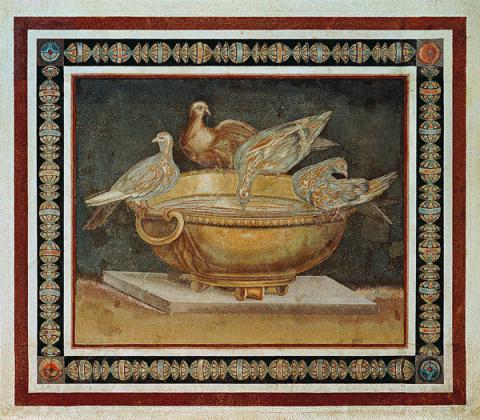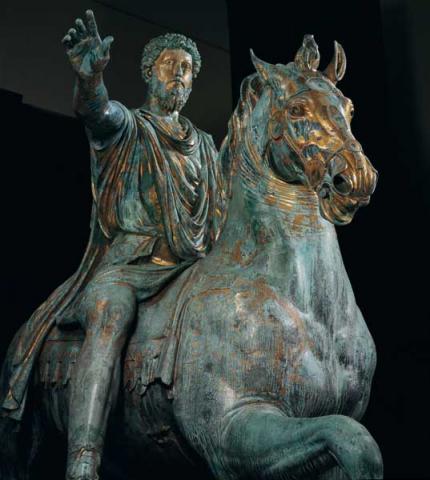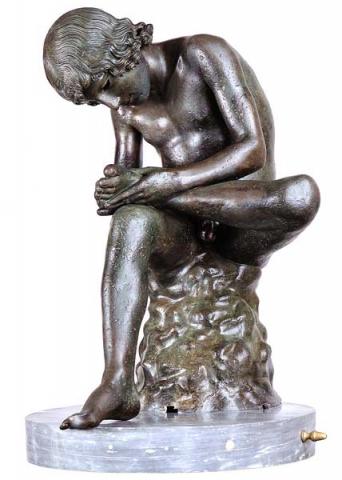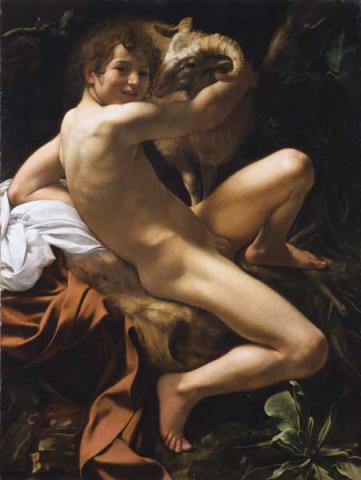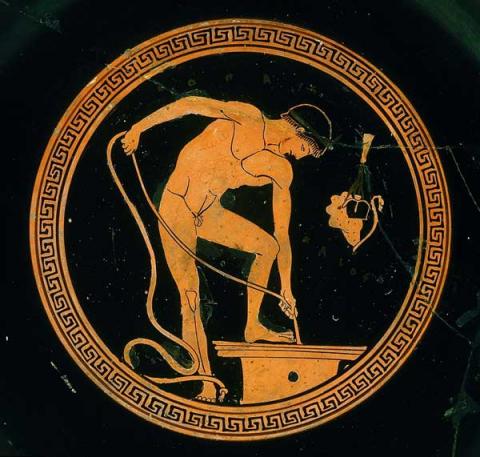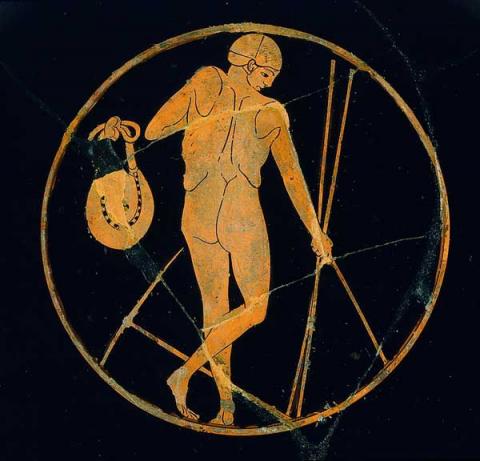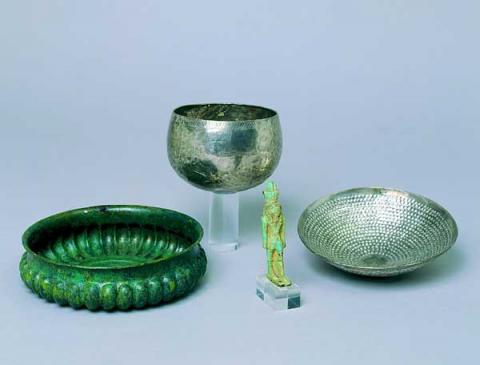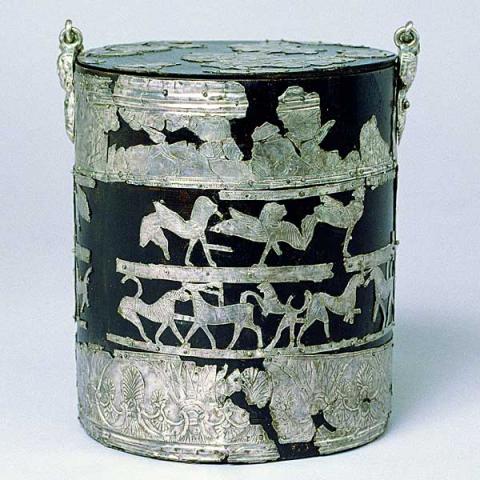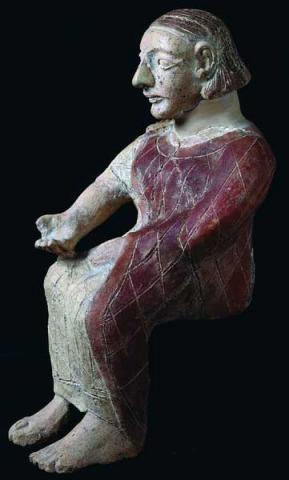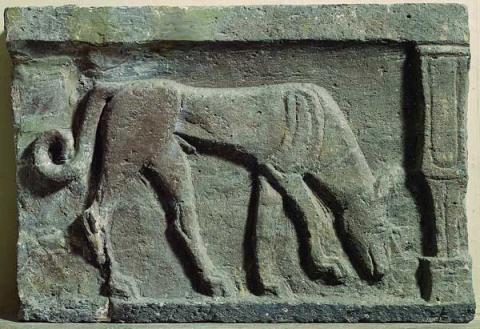Castellani Collection
The Sale Castellani contain an appreciable series of materials, which represent the point of arrival of the formation of the historic collections of the Museum in the second half of the XIX century.
The Collezione Castellani, donated by the famous goldsmith and collector Augusto Castellani, is constituted of items that come from the most important archaeological sites in Etruria, Latium, and southern Italy, which cover a period that goes from the VIII to the IV century BC.
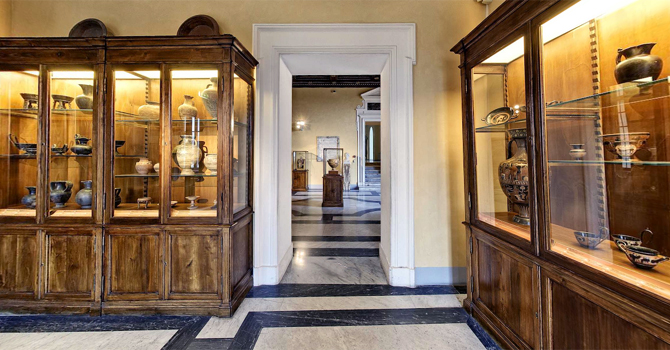
In the current exhibition greater importance is given to classical ceramics, both imported from Greece and produced locally in Etruria and Latium, together with items of great interest such as the Aristonothos vase and the bronze Tensa (a chest for sacred objects).
There are also a number of archaeological pieces from the collections of the Museo Artistico Industriale.
The Castellani Collection
The objects exhibited in the rooms were donated by Augusto Castellani in 1867 and 1876. He was a well-known goldsmith and collector, a prominent man in the administrative and cultural life of the city. As a director of the Capitoline Museums, he spent many resources to renovate and increase the museum collections.
The collection, consisting of 700 pieces, is composed of a variety of objects mainly coming from the necropolises of Etruria, Latium and Magna Graecia.
The first two rooms are home to Greek, Magna Graecia and Etruscan figure ceramics, bucchero ware and polished ceramics, all dating back to a period between the 8th and the 4th century BC. The last room houses some particularly valuable finds, including the Tensa Capitolina, a parade chariot covered in bronze with scenes from the life of Achilles, and the small statue of a seated ancestor from the Tomb of the Five Chairs in Cerveteri.
An interesting group of votive and architectural terracotta and a small collection of Italic bronzes are part of the unexposed material.
The collection of the Industrial Art Museum
The large collections of the Industrial Art Museum, born as a Museum of Applied Art to Industry, were dispersed among various museums after it was closed in the 1950s.
The "archaeological collections", consisting of about 300 objects including a collection of figure Greek ceramics, bucchero ware, small terracotta statues, antefixes from Campania and silver objects from Boscoreale, were assigned to the Capitoline Museums and the Municipal Antiquarium .
Only a limited selection of Attic black-figure and red-figure pottery and Apulian pottery is exhibited.
Stile del Pittore di Onesimos
Stile del Pittore di Onesimos
Aristonothos


























